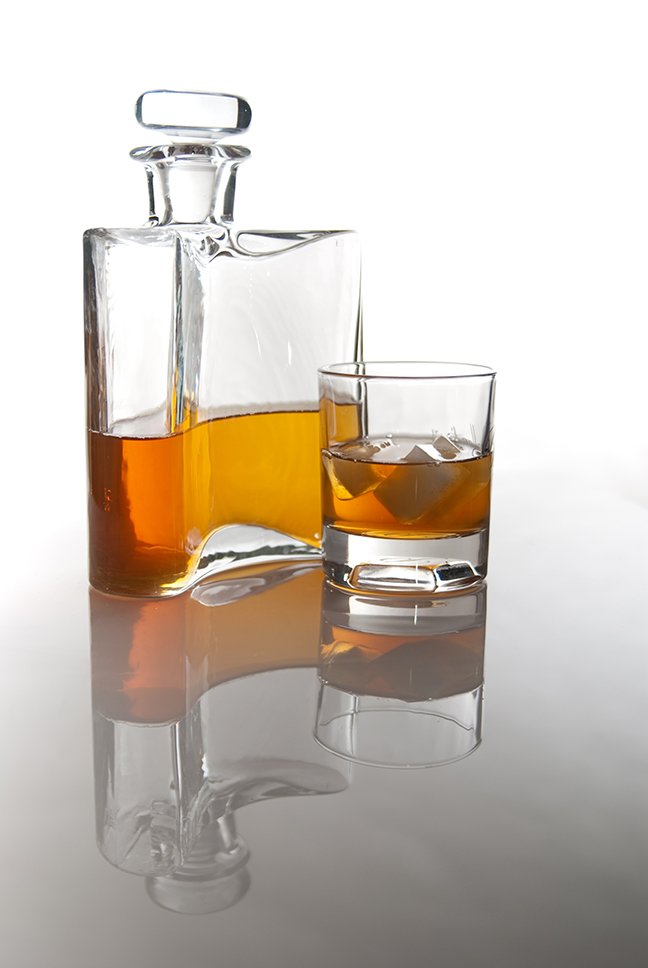St. Patrick’s Day is upon us and it’s time to celebrate Irish-style. If you’re not a beer drinker and are wondering what to fill your glass with at that party or pub, look no further than a bottle of fine Irish whiskey. Irish Whiskey is enjoying a strong popularity these days and the wide selection of new brands and styles now available is clear proof of this.
Quickly now – who invented whiskey? The Scottish or the Irish? History tells us it was the Emerald Isle that first produced “Uisce Beathe” or “water of life.” It is thought that Asian monks brought distillation to Ireland more than a thousand years ago.

Celtic friars distilled spirits in Irish monasteries for centuries for medicinal purposes, but few doubt those monks may have tipped back a glass or two for the simple joy of it. The whiskey of those days was not aged and often flavored with roots, flowers, herbs, and honey. The warming spirit was highly effective at taking the icy chill off a cold Irish night. Indeed, a dram of whiskey can still be called “good medicine” today.
The oldest distillery in Ireland is the Old Bushmills Distillery in County Antrim. Whiskey has been produced at Old Bushmills since the 1400s. Whiskey production was a way of life in rural Ireland until taxes, the Temperance Movement, and economic struggle scaled it back significantly. Scotch whisky (spelled without the extra “e”) took over where Irish whiskey left off and easily stole the market away.
But the Irish never stopped producing their signature whiskey, distilled three times in copper pot stills. The smooth, delicious spirit was merely produced in much smaller quantities than that of their Scottish cousins. But today, at long last, Irish whiskey is gaining in both status and prestige on an international level. If you’ve never tried Irish whiskey, now is the perfect time.
If a whiskey is labeled “single malt” it means it was produced at just one distillery, as opposed to being blended with the products of several distilleries. A sophisticated spirit, single malt whiskey is always of the finest quality and enjoys a reputation around the world of exclusivity and elegance.
Traditional Irish whiskey is made from malted barley. The malted barley is dried in closed ovens with no smoke contact. The resulting whiskey is known for its clean, bright flavors—smooth and strong on the palate with flavors of vanilla, toffee, ginger, dried fruit, oak, honey, and black pepper.
The smoky flavor of peat is not common in Irish whiskey. Burning peat (organic matter unique to peatlands or bogs) imparts a unique briny, smoked quality to a spirit. Peated whiskey abounds in Scotland but is the exception not the rule in Ireland.
Irish whiskey is aged a minimum of three years, but usually much longer. The age on a bottle indicates the age of the youngest whiskey in the blend. Irish whiskey can be made with malted barley as well as other grains, including corn (maize) or wheat. Distilleries employ master blenders who strive to produce a signature taste and consistent quality for a blended whiskey, year after year.
Bushmills and Jameson are old esteemed brands of Irish whiskey on the market offering top quality products. There are also numerous new labels offering exciting and different styles of Irish whiskey. Try The Sexton Single Malt, aged four years in Oloroso Sherry barrels, the popular Red Breast Single Malt 12 Year, the briny, peated Connemara, or Method and Madness’ Single Malt aged in Old Bourbon barrels.
Irish whiskey can be enjoyed in many ways, from cocktails to coffees. While some aficionados prefer a single malt straight up or on the rocks, others demand a bold blend with hot java and cream. Whatever strikes your fancy, be sure to fill your glass high in honor of the good St. Patrick.
May the luck of the Irish be with you. As the Irish say, “Slainte!” or Cheers!
Leave a Reply